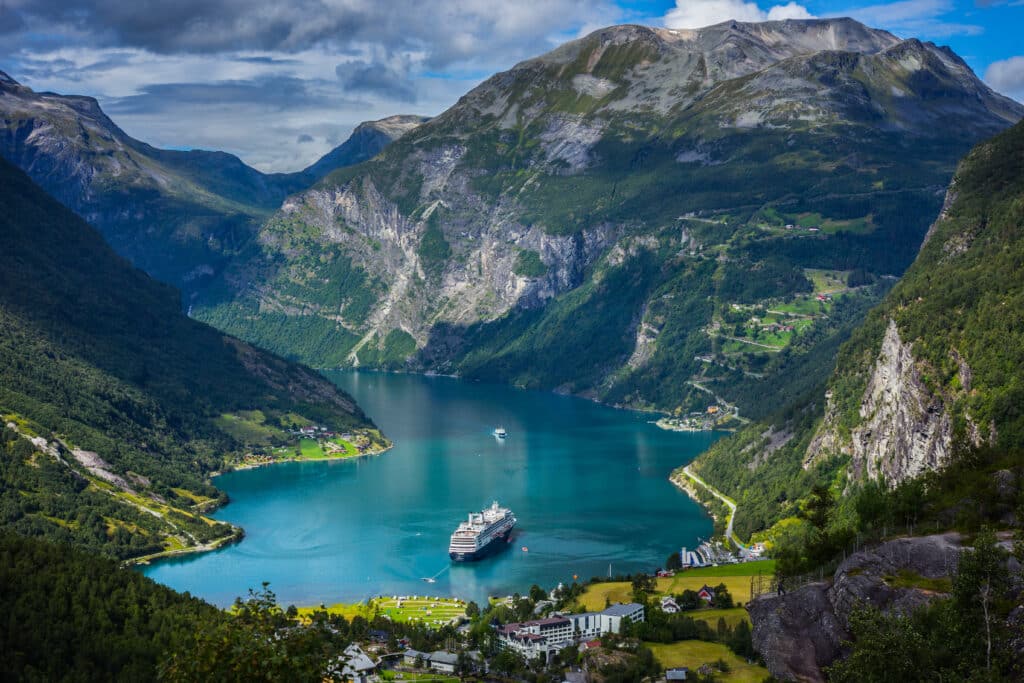Fjords of Norway
Posted: Mon Oct 15, 2018 4:05 pm
Geologically, a fjord is a long, narrow inlet with steep sides or cliffs, created by glacial erosion. The word comes to English from Norwegian, but related words are used in several Nordic languages, in many cases to refer to any long narrow body of water other than the more specific meaning it has in English. There are many fjords on the coasts of Norway. A fjord is formed when a glacier cuts a U-shaped valley by ice segregation and abrasion of the surrounding bedrock. Glacial melting is accompanied by the rebounding of the Earth's crust as the ice load and eroded sediment is removed (also called isostasy or glacial rebound). In some cases this rebound is faster than sea level rise. Most fjords are deeper than the adjacent sea e.g. Sognefjord. The Sognefjord is the largest and most well known fjord in Norway and the longest in the world.
In Nov 2015 took a speed boat cruise from Flåm to Gudvangen for viewing this fjord. Located in Western Norway, it stretches 205 kilometres inland from the ocean. It reaches a maximum depth of 4,291 ft below sea level, and the greatest depths are found in the inland parts of the fjord. The average width of the main branch of the Sognefjord is about 4.5 km. Cliffs surrounding the fjord rise almost sheer from the water to heights of 3,300 ft and more. The inner end of the Sognefjord is localized southeast of a mountain range rising to about 6,600 ft above sea level and covered by the continental Europe's largest glacier. There are many smaller fjords which branch off the main fjord including Aurlandsfjord and Nærøyfjord (UNESCO world heritage site) between Flam and Gudvangen. Nærøyfjord is particularly noted for its unspoiled nature and dramatic scenery and only 980 ft across at its narrowest point.

Photo Source: voyago.nl
In Nov 2015 took a speed boat cruise from Flåm to Gudvangen for viewing this fjord. Located in Western Norway, it stretches 205 kilometres inland from the ocean. It reaches a maximum depth of 4,291 ft below sea level, and the greatest depths are found in the inland parts of the fjord. The average width of the main branch of the Sognefjord is about 4.5 km. Cliffs surrounding the fjord rise almost sheer from the water to heights of 3,300 ft and more. The inner end of the Sognefjord is localized southeast of a mountain range rising to about 6,600 ft above sea level and covered by the continental Europe's largest glacier. There are many smaller fjords which branch off the main fjord including Aurlandsfjord and Nærøyfjord (UNESCO world heritage site) between Flam and Gudvangen. Nærøyfjord is particularly noted for its unspoiled nature and dramatic scenery and only 980 ft across at its narrowest point.

Photo Source: voyago.nl